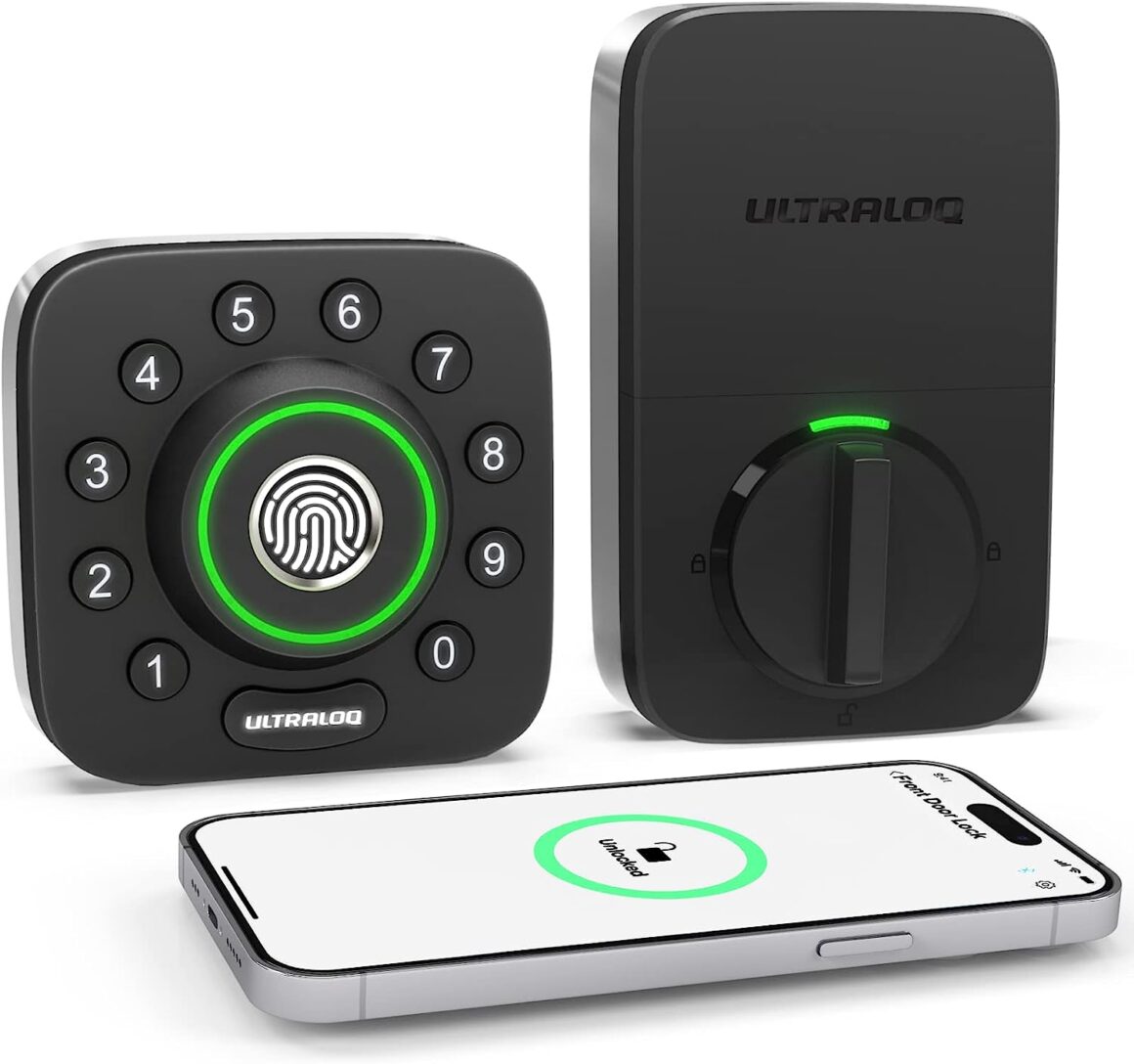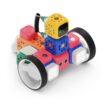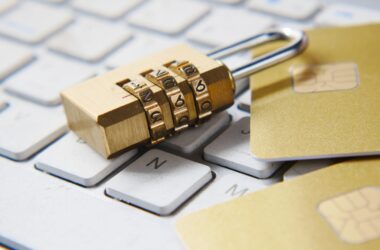Introduction
Security is a major concern for every homeowner and, with the advances in technology, traditional door locks and keys are becoming a thing of the past. Welcome to the era of biometric smart locks with facial recognition – a next-generation security system that brings a new level of safety and convenience to our homes.
Understanding Biometric Smart Locks
Biometric smart locks use unique physical or behavioral characteristics for identification. These advanced home security systems can include fingerprint scanning, iris recognition, and, the rising star of the biometric world, facial recognition.
Facial recognition locks are a keyless entry system that identifies an individual by comparing and analyzing patterns based on the person’s facial contours. They are a secure smart home tech designed for high security and easy accessibility.
How Do Biometric Locks Work?
Biometric locks work by recognizing unique data points from the saved facial template and then comparing these points with the person standing at your door. The Face ID door lock only opens when the data points match up. This makes your security more personal and less susceptible to break-ins.
Fingerprint vs Facial Recognition Locks
While fingerprint identification has been around for a while and is quite reliable, it has its shortcomings. For example, a dirty or wet finger can cause misreads. On the other hand, facial recognition technology in security works contact-free and can read faces in a variety of lighting conditions.
The Benefits of Biometric Locks
- Increased Security: Biometric smart locks offer a level of security that traditional locks simply can’t match. By using your unique features, they ensure that only authorized people have access to your home.
- Easy to Use: No more fumbling for keys in the dark. Your face is the key to your home, and the locks can even be set to recognize multiple family members.
- Advanced Technology: Biometric locks incorporate advanced algorithms to learn and adapt to the changing facial features of the users. This means they get more accurate over time.
Installing Facial Recognition Locks
When it comes to installing biometric locks, it’s a good idea to consult with professionals to ensure your lock is properly installed. However, most smart lock packages come with a detailed guide to installing and setting up your lock system, so tech-savvy individuals can undertake the task themselves.
5 Top Rated Biometric Smart Locks
Choosing the right biometric smart lock involves a consideration of various factors, from reliability and ease of use to installation process and price. Here are five top-rated biometric smart locks currently on the market, each with its own unique pros and cons:
- Ultraloq U-Bolt Pro
- Pros:
- The Ultraloq U-Bolt Pro provides multiple ways to unlock your door, including facial recognition, fingerprint scanning, a physical key, and a smartphone app.
- It has an anti-peep keypad that allows you to type in any number of random digits, and can still grant you access as long as the 1 correct password is embedded in the longer set of numbers.
- Cons:
- It is slightly more complex to install than some other models.
- The battery life might not be as long as other smart locks.
- Pros:
- Eufy Security Smart Lock Touch
- Pros:
- The Eufy Security Smart Lock Touch offers a sleek design and includes multiple unlock methods: facial recognition, fingerprint scanning, a traditional key, and via a smartphone app.
- It has an IP65 weatherproof rating, making it suitable for outside doors.
- Cons:
- The facial recognition feature works less effectively in low light conditions.
- Some users have reported that the smartphone app could be more intuitive.
- Pros:
- Lockly Secure Pro
- Pros:
- The Lockly Secure Pro offers advanced features including a digital keypad that rearranges numbers after each use to prevent potential intruders from guessing your code.
- It includes a fingerprint reader, a smartphone app, and physical keys for multiple entry options.
- Cons:
- It’s one of the more expensive options on the market.
- It does not include facial recognition technology.
- Pros:
- Ardwolf A60 Biometric Door Lock
- Pros:
- The Ardwolf A60 offers both fingerprint and password options and can store up to 200 fingerprints and 300 codes.
- It features a built-in alarm that sounds after several incorrect entry attempts.
- Cons:
- It does not include facial recognition or smartphone integration.
- Some users report that the fingerprint reader may sometimes take a couple of tries to recognize your fingerprint.
- Pros:
- Yale Assure Lock SL with Z-Wave
- Pros:
- The Yale Assure Lock SL integrates well with smart home systems, allowing for seamless integration into your smart home.
- It features a touchscreen keypad and comes without a traditional keyhole for added security.
- Cons:
- This lock does not have biometric features like facial recognition or fingerprint scanning. It’s included in this list for those seeking a keypad and smart home integrated option.
- The lock is dependent on the Z-Wave hub, meaning if the internet is down, some functionalities may not work.
- Pros:
When choosing a smart lock, keep in mind what type of entry methods you prefer, whether you need it to integrate with other smart home devices, and your budget. Each of these locks offers a step up in security and convenience compared to traditional locks, making any of them a solid choice for securing your home.
Please note that product availability and specifications can change, so always check the latest information from the manufacturer or retailer. It’s also important to read reviews from other customers to get a sense of their real-world experiences with the product.
Conclusion
Biometric access control, especially facial recognition locks, is quickly becoming a popular choice for homeowners due to the safety, convenience, and advanced technology they provide. By upgrading your home security to biometric smart locks, you can step into the future of home security and make lost keys a thing of the past.
The world of smart home security solutions is expanding at an unprecedented pace, and it’s an exciting time to make the most of these innovations. In a world where security and convenience are increasingly intertwined, facial recognition smart locks are setting the standard for home access control.
Stay tuned for our upcoming posts where we’ll dive deeper into different models of biometric smart locks, provide comparisons, and help you select the best one for your home security needs.
Remember, in the realm of home security, your safety is the priority, and with biometric smart locks with facial recognition, you can achieve maximum security with ultimate convenience.
We hope you’ve found this comprehensive guide to biometric smart locks with facial recognition insightful and helpful. Your feedback is invaluable to us, and we’d love to hear your thoughts. Do you have any personal experiences with these locks? Which model do you think stands out? Are there other models you think should have made the list? Please share your views, insights, or questions in the comments section below. We’re always eager to start a conversation and learn from our readers. Your input can help others make better decisions for their home security needs. Thank you for reading, and we look forward to your comments!









